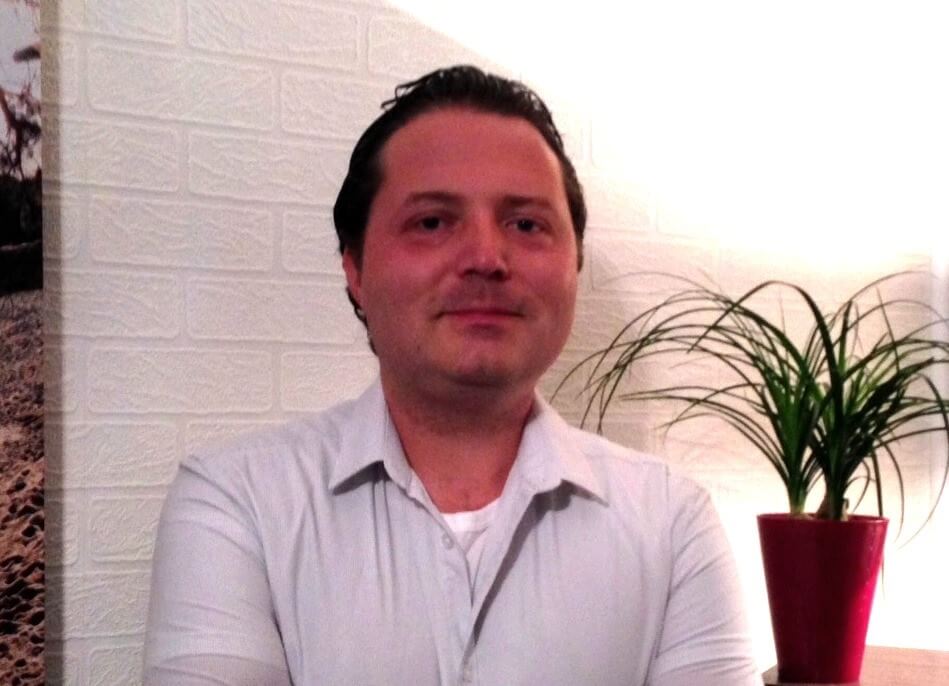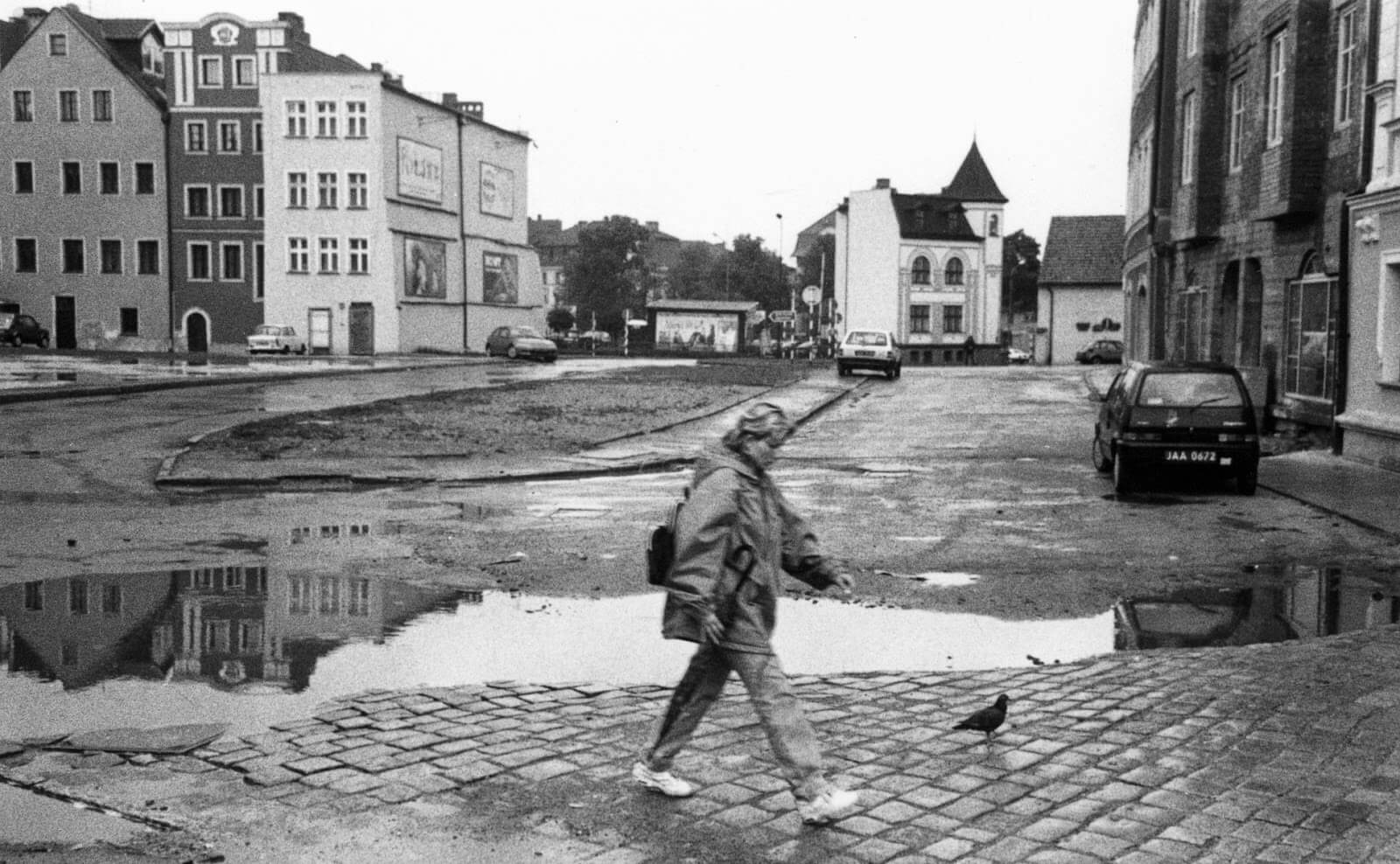Michał Młynarz is a doctoral candidate in History at the University of Toronto. He holds an M.A. in History and a Bachelor of Arts (Honors) in Anthropology from the University of Alberta. He specializes in the social, cultural, and urban history of Poland and East-Central Europe, with an emphasis on the immediate post-World War II decades and the post-Soviet period. His major research interests focus on the collective memory of the region, in particular the politics and the cultural history of monuments, museums, and cultural heritage. He also studies the public memorialization and remembrance of the Second World War, post-War expulsions and forced migrations, and the mass deportation of civilian populations to Siberia and Central Asia by the Soviet regime.
His doctoral dissertation research is a comparative analysis of demographic, political, and cultural change to the urban spaces of Jelenia Góra, Poland, and Drohobych, Ukraine, and the ‘nationalization’ of the city in the post-1945 period. Both cities saw the establishment of ethnically homogenous populations, the imposition of ‘official’ Soviet-bloc historical narratives, and extensive processes of the destruction, replacement, and modification of urban space. The analytical lens of the dissertation will examine major developments in regards to the changing of street names, the construction, destruction, and re-interpretation of monuments and memorials, and the ‘nationalization’ of museums, libraries, related cultural institutions, and cultural heritage. For its source material, it draws upon archival documents from several national and regional archives in Poland, Germany and Ukraine, in addition to oral histories, memoirs, museum collections, and applied field work in urban space.
Młynarz has also worked as an independent researcher in the Edmonton, Alberta area, contributing to several projects on the history of Slavic immigration to Canada. This included the research and co-curating of "Slavic St. Albert", a 2012 research project and original exhibition at the Musée Heritage Museum devoted to Polish, Ukrainian and Russian immigration history in St. Albert, Alberta. He has also researched Ukrainian-Canadian vernacular architecture in rural Alberta, and worked as part of a research team that documented hundreds of historic Ukrainian and Russian rural parishes for the ‘Sanctuary’ Project.

